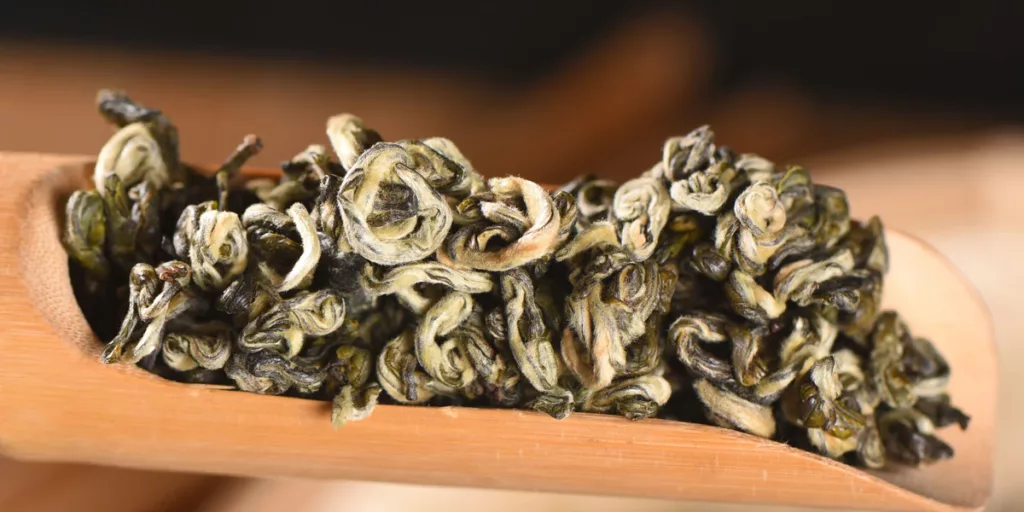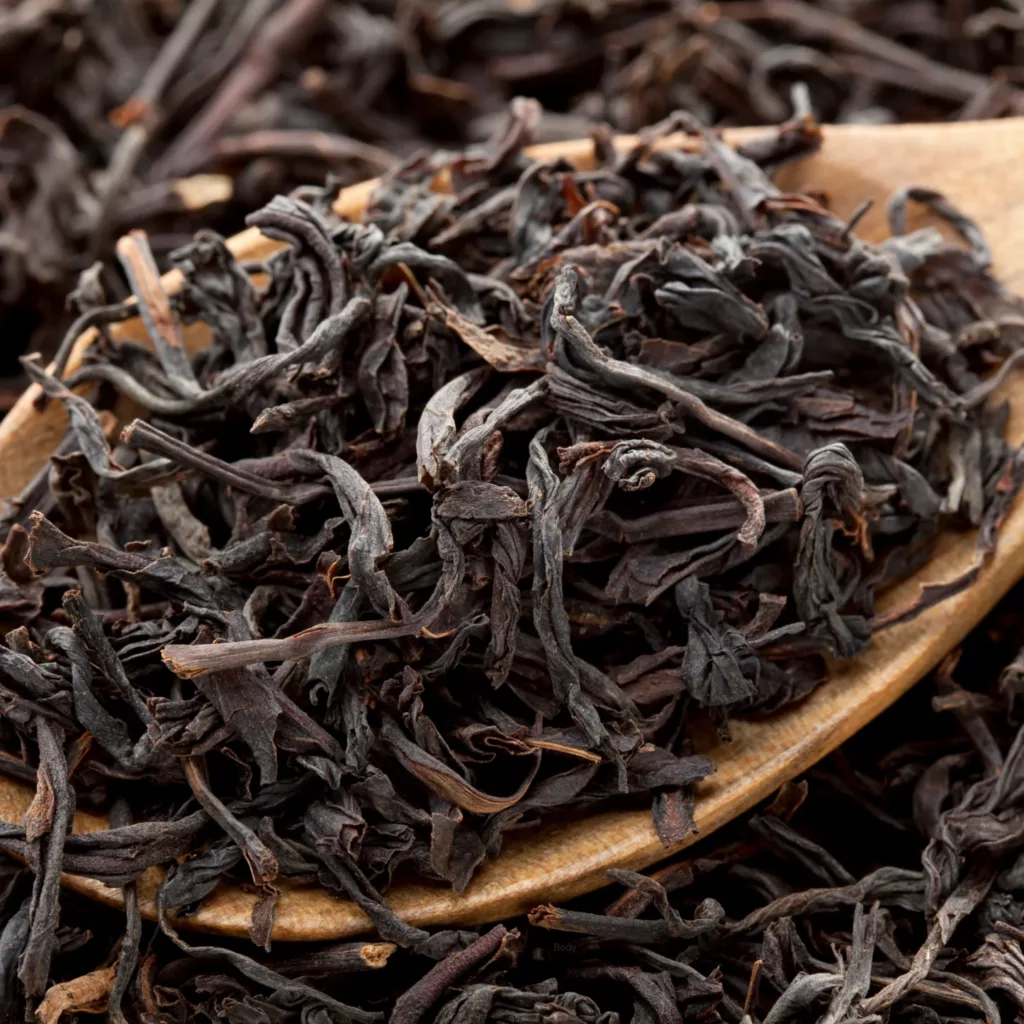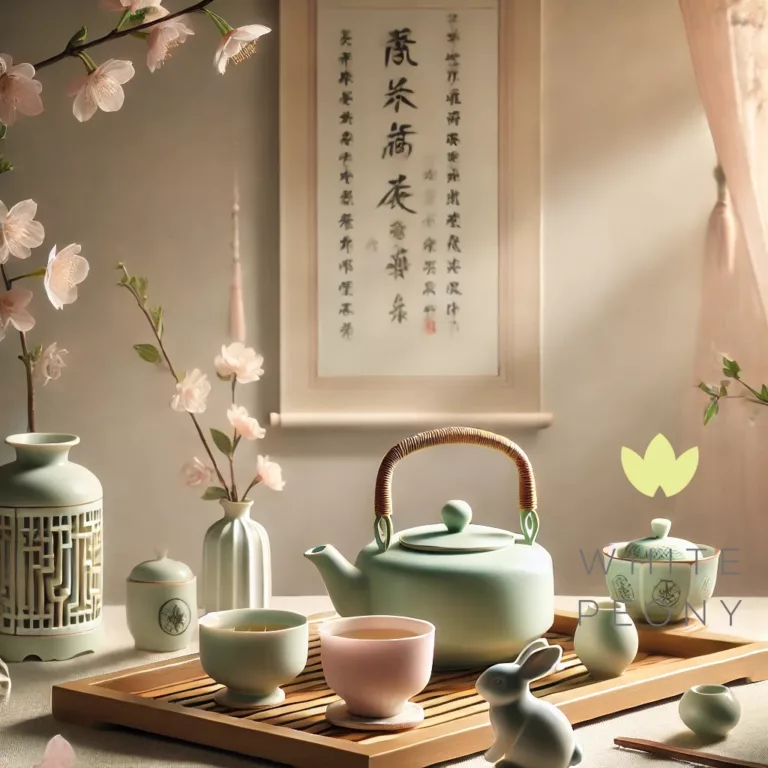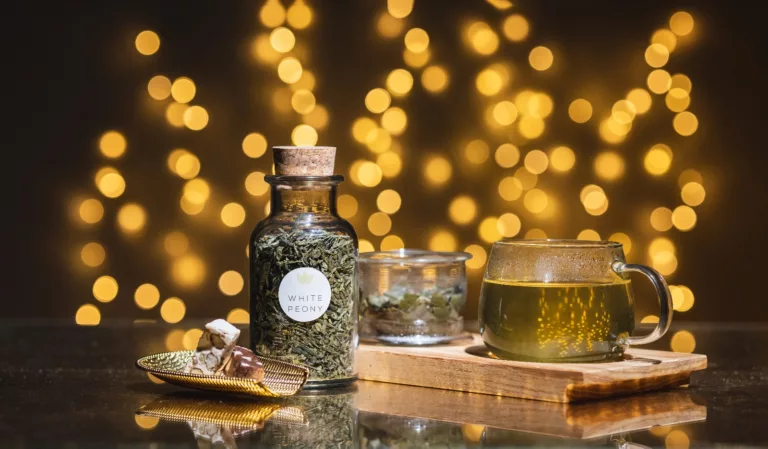GABA Tea: A Quiet Revolution in a CupFrom Neuroscience to Teahouses The Rise of a Functional Favorite
In the ever-evolving world of tea, few discoveries have managed to straddle the line between ancient tradition and modern science as elegantly as GABA tea. Originally developed in Japan, this unique category of tea is gaining a loyal following around the globe — not just for its calming effects, but for its rich, nuanced flavor and the promise of a more balanced lifestyle in every steep.
What is GABA Tea?
GABA tea (short for Gamma-Aminobutyric Acid tea) is a type of tea that undergoes a special fermentation process in a nitrogen-rich environment, increasing its concentration of the naturally occurring neurotransmitter GABA. This compound plays a key role in calming the nervous system, promoting relaxation, reducing stress, and even supporting better sleep.
The tea itself can be made from green, oolong, or even black tea leaves, but what sets it apart is the anaerobic processing technique. During this process, the tea leaves are deprived of oxygen for a specific period, encouraging the natural conversion of glutamic acid into GABA. The result is a tea that doesn’t just taste good — it feels good.
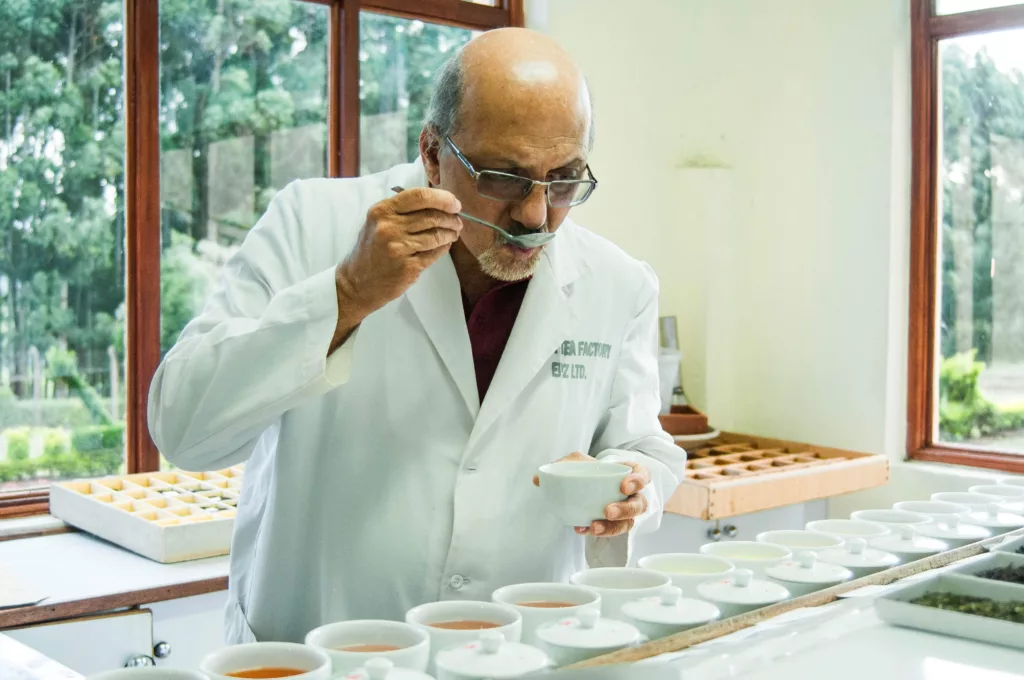
A Brief History of GABA Tea
The origins of GABA tea can be traced back to the 1980s in Japan, where researchers were exploring natural ways to enrich food with GABA for its stress-reducing and health-enhancing properties. Scientists at Japan’s National Institute of Neuroscience discovered that tea leaves exposed to nitrogen created significant levels of GABA. What started as a scientific curiosity soon became a new chapter in the story of tea.
From Japan, the innovation spread to Taiwan, where skilled tea artisans embraced the process and began producing GABA oolongs with exceptional craftsmanship. Today, GABA tea is being cultivated in select regions beyond East Asia — including Sri Lanka, where high-altitude terroirs and cutting-edge processing offer exciting new flavor profiles and possibilities.
Taste Profile: A Bold New Dimension
GABA tea surprises even seasoned tea drinkers. Depending on the base tea used, it can have very different flavor notes, but one common thread runs through them all: a distinctive, mellow richness.
- GABA Oolong: Often nutty, fruity, and smooth with hints of dried plum, cacao, or toasted grain. Some even detect a slightly fermented tang — reminiscent of high-quality Pu-erh.
- GABA Green Tea: Brighter, with grassy notes and a soft umami undertone, often rounded by a gentle sweetness.
- GABA Black Tea: Deep, comforting, and grounding — perfect for those who want the benefits of GABA with the strength of a robust brew.
Many describe the mouthfeel as velvety, with a calming warmth that lingers long after the last sip.
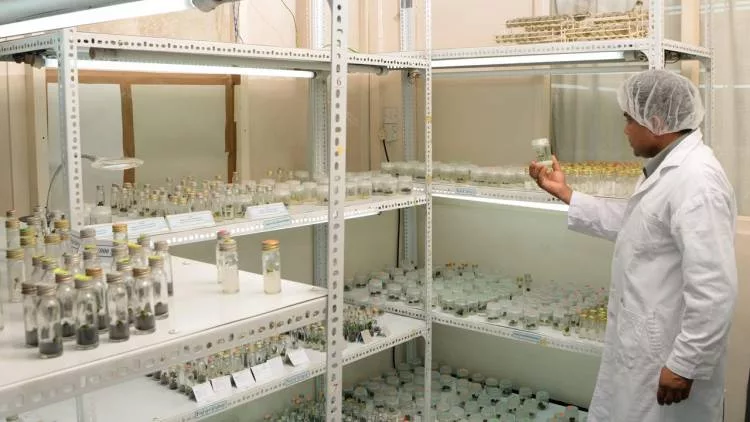
Health Benefits: Calm in a Cup
Numerous studies have highlighted the potential health benefits of GABA when consumed regularly:
- Stress Reduction: GABA helps regulate the nervous system and reduce anxiety, offering a natural alternative to synthetic calming agents.
- Improved Sleep: Regular GABA intake has been linked to better sleep quality and reduced insomnia.
- Enhanced Focus: Unlike stimulants, GABA doesn’t cause jitteriness. Instead, it supports a calm clarity — ideal for meditation, work, or long creative sessions.
- Lower Blood Pressure: GABA may support cardiovascular health by helping lower blood pressure in hypertensive individuals.
- Mood Support: By balancing neurotransmitter activity, GABA may assist in mood regulation, especially during periods of fatigue or emotional imbalance.
It’s important to note that while tea-derived GABA works gently and holistically, effects can vary from person to person and should be seen as part of a wider wellness routine.
The Future of GABA Tea: A Rising Star in the Wellness Wave
As more consumers seek out natural solutions for stress, sleep, and emotional well-being, GABA tea is uniquely positioned to meet this growing demand. Unlike many health trends driven by short-lived hype, GABA tea offers something deeper — a synergy between traditional craftsmanship and cutting-edge wellness.
At White Peony, we’ve seen a rising interest in GABA teas, especially among younger tea drinkers, wellness practitioners, and those seeking functional alternatives to coffee or sugary beverages. GABA tea is particularly aligned with the “calm productivity” trend — the idea that people can be focused, creative, and energized without overstimulation.
Moreover, as climate change challenges traditional tea-growing regions, innovations like GABA fermentation may become more relevant. The nitrogen-rich anaerobic process opens new doors for flavor preservation and functional enhancement in a warming world.
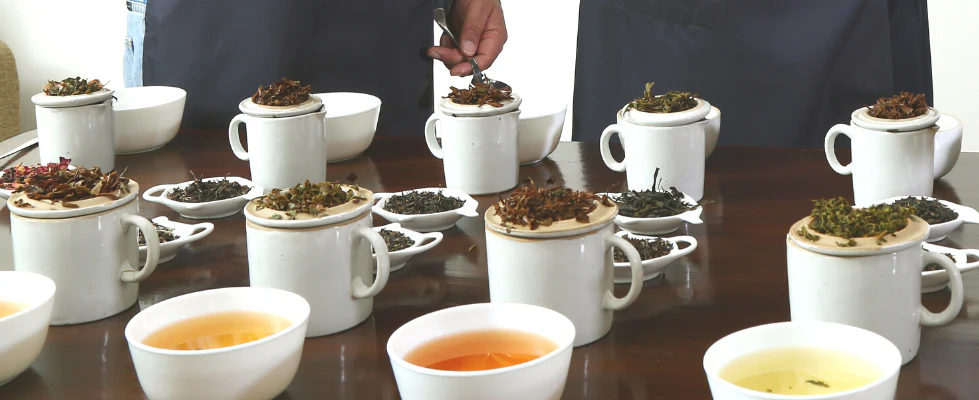
✨ Coming in July 2025: Two Limited-Edition GABA Teas by Our Tea Retreat Participants
We’re thrilled to announce that beginning July 2025, White Peony will launch two exclusive GABA-enriched teas, handcrafted by the participants of our tea retreat held in the highlands of Sri Lanka this year.
This limited-edition duo includes:
- Dark Jade — a GABA semi green oolong with a lively brightness, gentle sourness, and a delicate floral finish.
- Red Cliff — a GABA black tea with intense depth, subtle cinnamon notes, and a grounding energy.
Each of these teas was personally crafted — from plucking to final oxidation — by retreat participants under the guidance of local masters. These aren’t just teas; they are memories in a cup, stories of sun, sweat, stillness, and transformation.
Quantities are limited, and they’ll be available exclusively on the White Peony e-shop.
Try it Yourself — and Feel the Shift
GABA tea isn’t just a drink. It’s a decision — to slow down, to listen, to be present. In a world full of noise, GABA whispers. And if you listen closely… you might just hear yourself.
